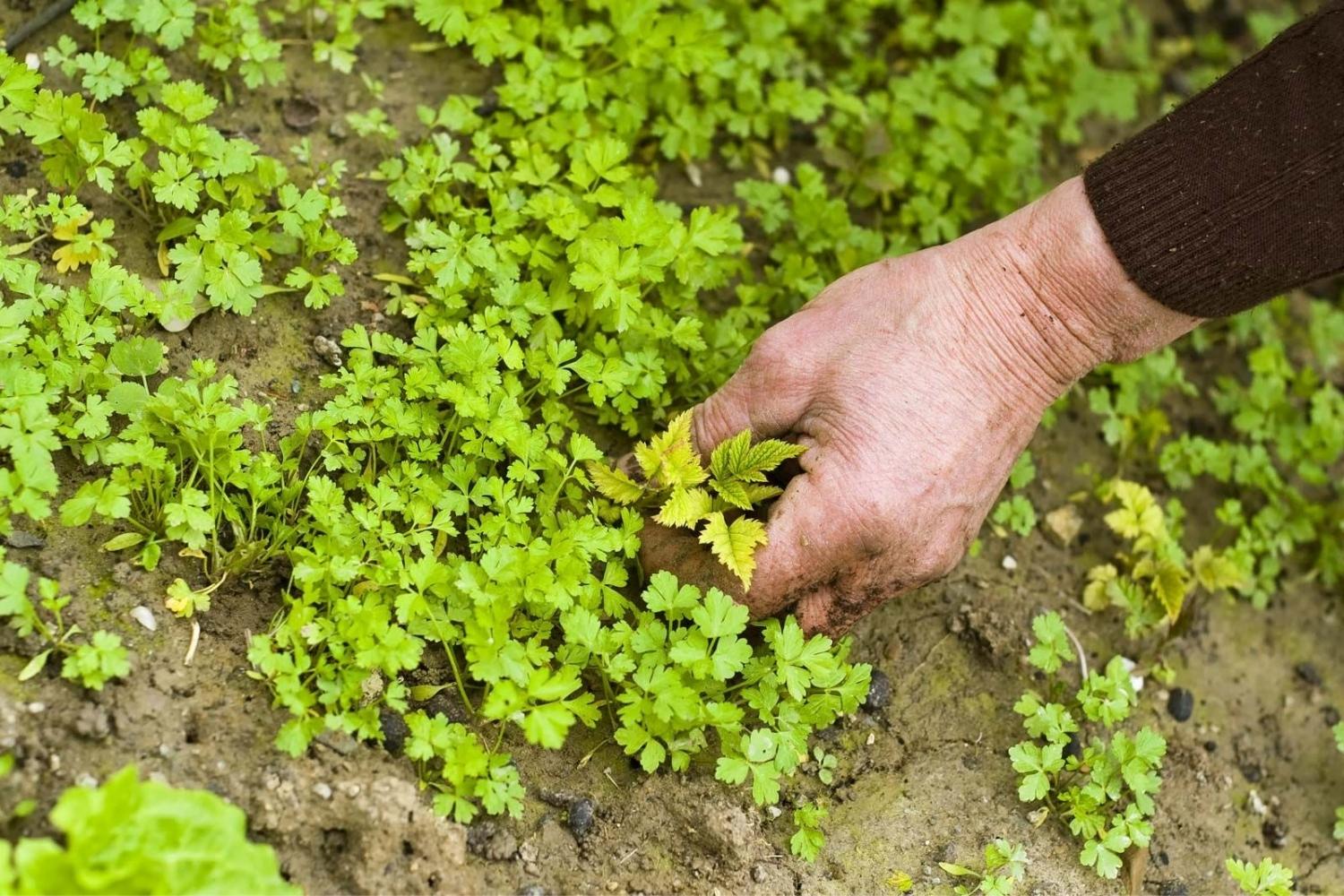
Culling is a term often heard in wildlife management, agriculture, and even in pet breeding. But what does it really mean? Culling refers to the process of selecting and removing animals from a group based on specific criteria. This practice aims to improve the overall health, productivity, or genetic quality of the remaining population. For example, farmers might cull sick or weak animals to ensure the herd stays healthy. Wildlife managers might cull overpopulated species to maintain ecological balance. While it can be a controversial topic, understanding the facts about culling helps clarify its purpose and impact. Ready to learn more? Let's dive into 32 intriguing facts about culling.
What is Culling?
Culling involves removing certain animals from a group based on specific criteria. This practice is common in wildlife management, farming, and even pet breeding. Here are some intriguing facts about culling.
-
Culling Origin: The term "culling" comes from the Latin word "colligere," meaning to collect or gather.
-
Wildlife Management: In wildlife management, culling helps control overpopulation and maintain ecological balance.
-
Selective Breeding: Farmers use culling to improve livestock quality by removing animals with undesirable traits.
-
Disease Control: Culling can prevent the spread of diseases within animal populations.
-
Pet Breeding: Breeders cull animals that don't meet breed standards to maintain quality.
Methods of Culling
Different methods are used depending on the species and purpose. Some methods are more humane than others.
-
Shooting: Often used in wildlife management, especially for large animals like deer.
-
Trapping: Used for smaller animals, traps can be lethal or non-lethal.
-
Poisoning: Controversial due to its impact on non-target species and the environment.
-
Euthanasia: Common in pet breeding and livestock farming, considered humane when done correctly.
-
Natural Predators: Introducing or encouraging natural predators to control populations.
Ethical Considerations
Culling raises ethical questions, especially regarding animal welfare and environmental impact.
-
Animal Welfare: Ensuring humane methods are used is a primary concern.
-
Biodiversity: Culling can affect biodiversity, sometimes negatively.
-
Public Opinion: Public sentiment often influences culling practices and policies.
-
Legal Regulations: Many countries have laws regulating culling to ensure ethical practices.
-
Alternatives: Some advocate for non-lethal alternatives like relocation or sterilization.
Culling in Agriculture
In agriculture, culling helps maintain healthy and productive livestock populations.
-
Dairy Farming: Cows that produce less milk are often culled to improve herd productivity.
-
Poultry: Chickens with poor egg production or health issues are culled.
-
Pest Control: Farmers cull pests like rodents to protect crops.
-
Genetic Improvement: Culling helps in selecting animals with desirable genetic traits.
-
Economic Impact: Effective culling can significantly impact a farm's profitability.
Culling in Wildlife Conservation
Culling can be a tool for conservation, helping to protect endangered species and habitats.
-
Invasive Species: Removing invasive species to protect native wildlife.
-
Habitat Restoration: Culling overpopulated species to restore natural habitats.
-
Endangered Species: Sometimes necessary to protect endangered species from predators or competitors.
-
Population Control: Managing animal populations to prevent overgrazing and habitat destruction.
-
Research: Data from culling can provide valuable insights for conservation efforts.
Controversial Culling Practices
Some culling practices spark significant debate and controversy.
-
Whale Culling: Countries like Japan face international criticism for whale culling.
-
Wolf Culling: Controversial in regions where wolves are protected yet pose a threat to livestock.
-
Elephant Culling: Debated in Africa where elephant populations can damage ecosystems.
-
Seal Culling: Practiced in Canada, it faces opposition from animal rights groups.
-
Kangaroo Culling: In Australia, kangaroo culling is controversial due to its cultural significance.
Future of Culling
The future of culling may involve more humane and sustainable practices.
-
Technological Advances: New technologies could make culling more efficient and humane.
-
Policy Changes: Evolving policies may emphasize non-lethal methods and stricter regulations.
Final Thoughts on Culling
Culling, though often misunderstood, plays a vital role in maintaining balance in various ecosystems. By removing weaker or surplus individuals, it helps ensure the health and sustainability of animal populations. This practice isn't just about reducing numbers; it's about enhancing the overall well-being of species and their habitats.
Understanding the importance of culling can lead to more informed discussions and decisions about wildlife management. It's a tool used by conservationists to protect endangered species, manage invasive populations, and maintain ecological harmony.
While the concept might seem harsh, it's a necessary part of nature's cycle. By learning more about culling, we can appreciate its role in preserving the delicate balance of our natural world. So next time you hear about culling, remember it's not just about taking away but also about giving back to the environment.
Was this page helpful?
Our commitment to delivering trustworthy and engaging content is at the heart of what we do. Each fact on our site is contributed by real users like you, bringing a wealth of diverse insights and information. To ensure the highest standards of accuracy and reliability, our dedicated editors meticulously review each submission. This process guarantees that the facts we share are not only fascinating but also credible. Trust in our commitment to quality and authenticity as you explore and learn with us.
